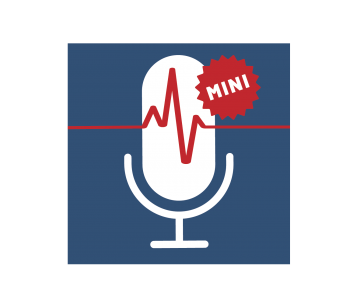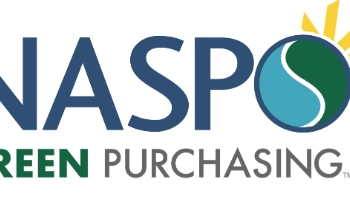Everything you buy has a story. That story has a profound impact on our planet and community. Imagine, if you will for a moment, the butterfly effect. A pop-culture reference suggesting that a butterfly can flap its wings in Rio de Janeiro, causing a tornado in Kansas. Now apply this effect to a plastic water bottle. The bottle, seemingly harmless, acts as a vehicle for your water. Once its purpose is served, you throw the bottle in the garbage (or recycling bin) without much of a thought. But did you know before you even bought that bottle of cold, refreshing H20, it affected your surroundings? “The production of plastic water bottles requires up to 17 million barrels of oil each year. This amount of oil has the ability to maintain up to one million cars fueled for an entire year.” [i] Now, I’m not here to prevent you from buying bottled water or tell you to stop throwing away plastic bottles (although you should recycle them). I want to emphasize the importance that everything you buy has an incredible impact on our environment. More so, the purchasing power that states possess has a great impact on not only the environment, but economy and community as well.
Read more “Not Another Green Blog” →
 Pulse Podcast
Pulse Podcast  Pulse Podcast
Pulse Podcast  Pulse Podcast
Pulse Podcast  Pulse Podcast
Pulse Podcast  Pulse Podcast
Pulse Podcast  Pulse Podcast
Pulse Podcast  Pulse Podcast
Pulse Podcast  Pulse Podcast
Pulse Podcast  Green Purchasing
Green Purchasing  Green Purchasing
Green Purchasing  Professional Development
Professional Development  Professional Development
Professional Development